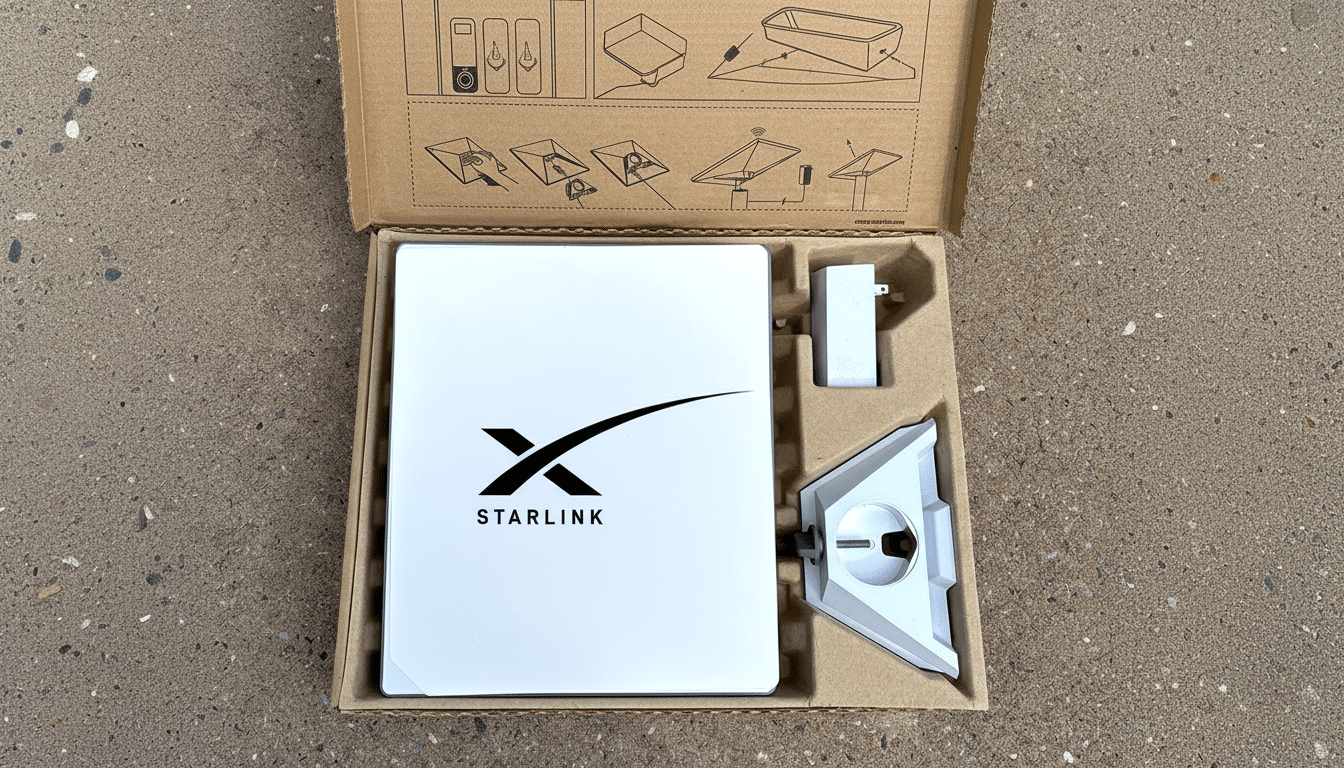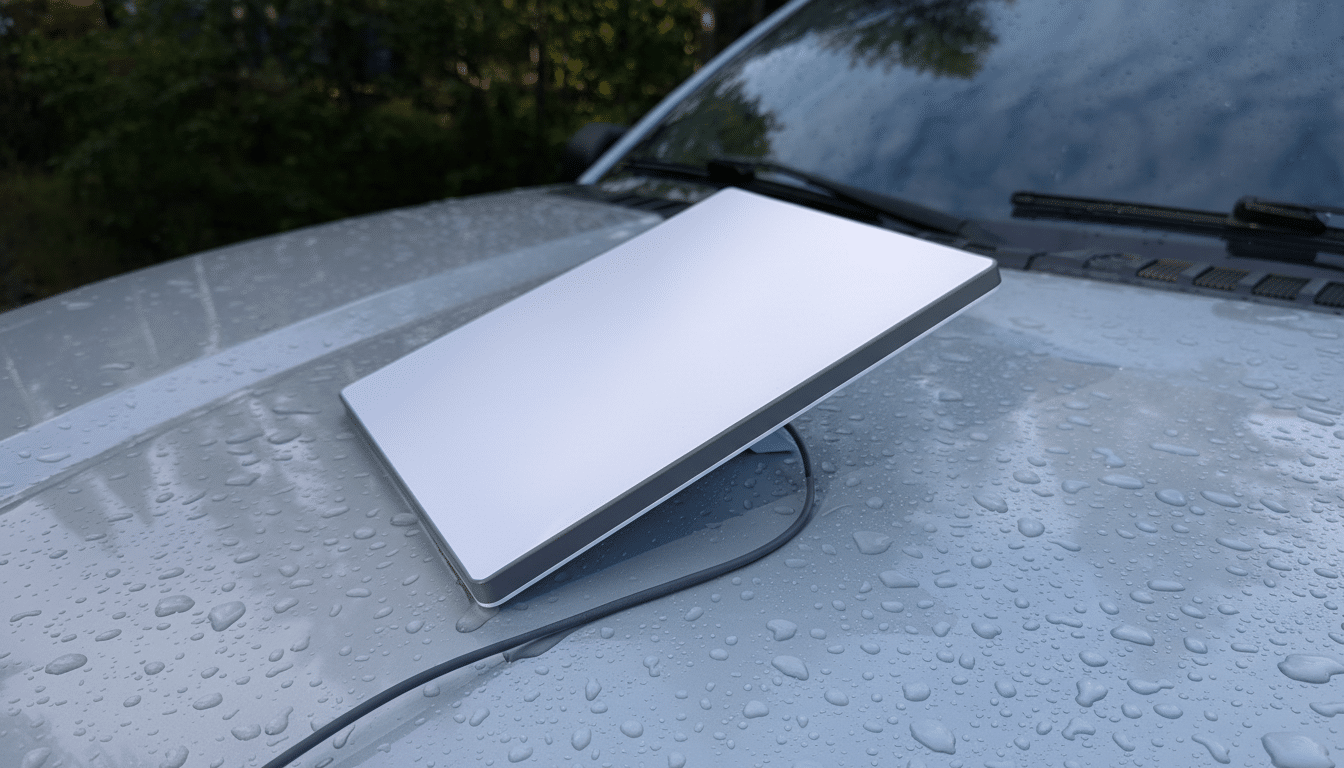SpaceX has resurrected a popular promotion for its portable satellite internet kit, taking the cost of Starlink Mini hardware — in the US and Canada, anyway — down to $299 or CAD$399. That’s a $200 discount for the compact dish, and it is Starlink’s lowest-friction entry point if you are curious to give the service a noncommittal whirl without buying into its home antenna.
Why the $299 Starlink Mini deal matters for buyers
The Mini is aimed at the folks who need connectivity outside just one fixed address — say, if you travel in an RV, have field crews, or are an overlander, and photograph homes professionally for use in a printed guide or online platform (like me), and sometimes require internet far from fiber and cable.
- Why the $299 Starlink Mini deal matters for buyers
- What you get with the Starlink Mini portable kit
- Starlink Mini plans and ongoing costs for Roam users
- Performance and trade-offs of the Starlink Mini
- What the Starlink Mini discount signals about supply
- Who should buy the Starlink Mini now and who should wait

Take that price from the top and it becomes a pragmatic trial balloon for prospective subscribers who were curious about satellite broadband but not so curious they wanted to spend $499 (or more) on equipment.
SpaceX is providing the discount itself and through larger retail partners that offer added conveniences, like store pickup and longer return windows. Deal availability can change by region, but this is the general timeline for the US and Canada as of now while supplies last.
What you get with the Starlink Mini portable kit
The Starlink Mini integrates the dish and Wi‑Fi router into one backpack-compatible device. It comes with a built-in kickstand, and you only need power to connect to the internet, which would make it easier to use at campsites, work sites or for quick deployments. There’s no standalone base router to wire up and you don’t even need a roof mount, unless you want it.
That ease of carrying does mean some trade-offs. The smaller aperture has lower gain than Starlink’s regular dish, so peak speeds are lower and performance might vary more when the sky is obstructed. In return, you receive a kit that can run off pint-size power stations and stow alongside a laptop and camera gear.
Starlink Mini plans and ongoing costs for Roam users
There’s one big catch: Mini hardware is associated with Starlink’s Roam service, which is meant to be brought from place to place. In the US, high-usage Roam is about $165 a month, while a lighter ($50 tier) plan serves up 50GB of data if occasional trips and weekend outings are more your pace. A standard fixed home plan is about $120 a month, but it’s not compatible with the Mini.
If you are comparing total cost of ownership, consider that $299 as the trial ticket and this Roam plan the ongoing fare. For those looking for a primary home connection, the standard dish on a residential plan continues to offer better value. For people who travel but also spend time at home, the flexibility of Roam is the point.

Performance and trade-offs of the Starlink Mini
In daily practicality, the Mini is designed to support video calls, cloud apps and HD streaming in regions lacking terrestrial broadband or with high levels of unreliability. Independent testing by Ookla has indicated that Starlink’s median download speeds in the US are typically in the tens to low hundreds of megabits per second, with latency below 60 milliseconds much of the time depending on congestion and visibility. The Mini usually lags the standard dish on peak throughput but, with a clear sky and few obstructions, can provide reliable work-ready connectivity.
As with any satellite service, your exact performance will depend on network load, the actions of nearby users, and how good a view you have of the sky. You will experience more dropouts if you park under very heavy tree cover or deep in canyons. The increase in the number of satellites launched by SpaceX and its introduction of satellite-to-satellite laser links are also increasing backhaul capabilities with substantial positive implications for reducing congestion on key routes.
What the Starlink Mini discount signals about supply
SpaceX has conducted similar Mini promotions in the past, often for just a matter of days, and hinted at hardware changes in regulatory filings. A cheaper price can also imply inventory control as new models enter certification, though the company infrequently will make official statements on timing. In fact, in recent months some regional promotions have seen Mini hardware being loaned at no additional cost in specific markets, among them Australia and certain parts of the US Midwest – a sign that SpaceX is eager to see more Roaming users come online.
Industry watchers also say that the retail partnerships are expanding Starlink’s presence into mainstream electronics aisles. For a product that does well with a side-by-side comparison, that’s helpful, and a $299 sticker makes an impulse “try it out” much more palatable.
Who should buy the Starlink Mini now and who should wait
The Mini at $299 is compelling if you find yourself working or traveling regularly beyond cell range. That makes it perfect for photojournalists on assignment, contractors rotating through rural locations, van-lifers traveling the country, boaters in coastal coverage or as an emergency kit for small agencies and community groups. But it is less than ideal as a family’s only link at a fixed address, where the standard dish and residential plan will provide higher and more consistent speeds per dollar.
As with everything, verify service availability in your area, and calculate the monthly Roam cost against how many days you actually spend on the road. For most people, an easier test is the way to go: Bring the Mini out to all those spots where your phone just plain gives up, and see if Starlink can fill in the gap. At this price, that experiment just got $200 cheaper; I mean easier.

